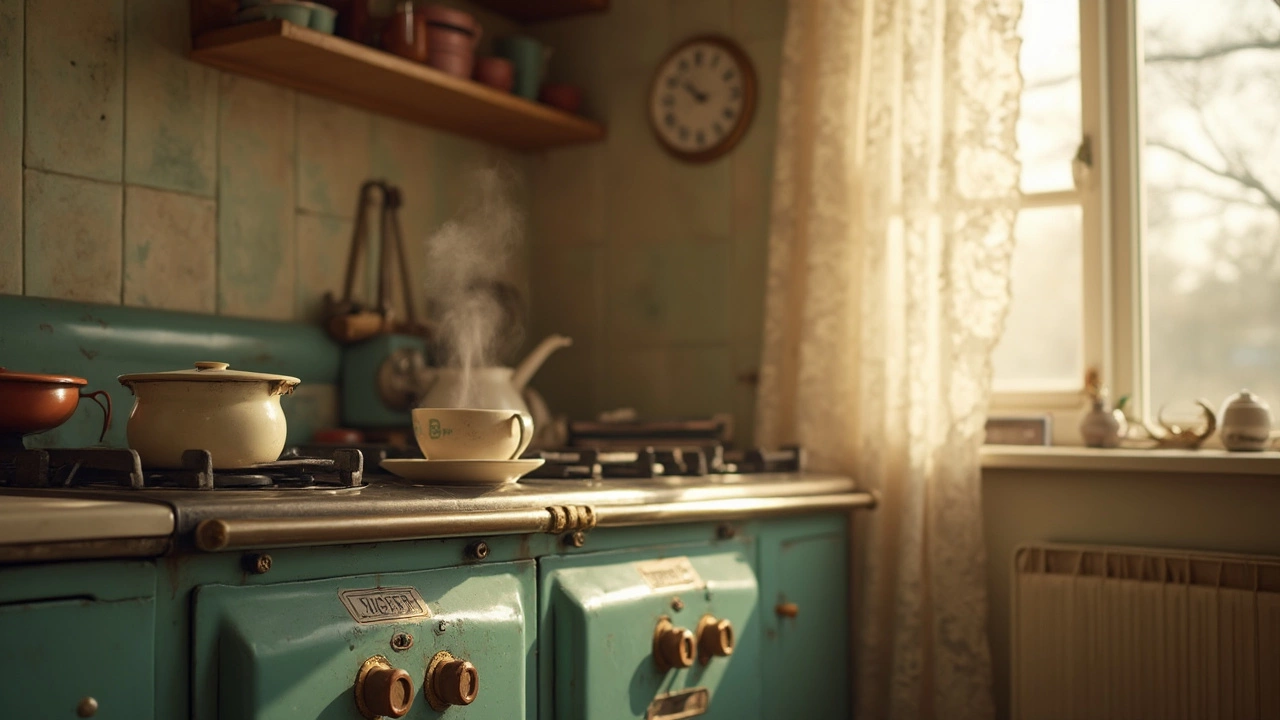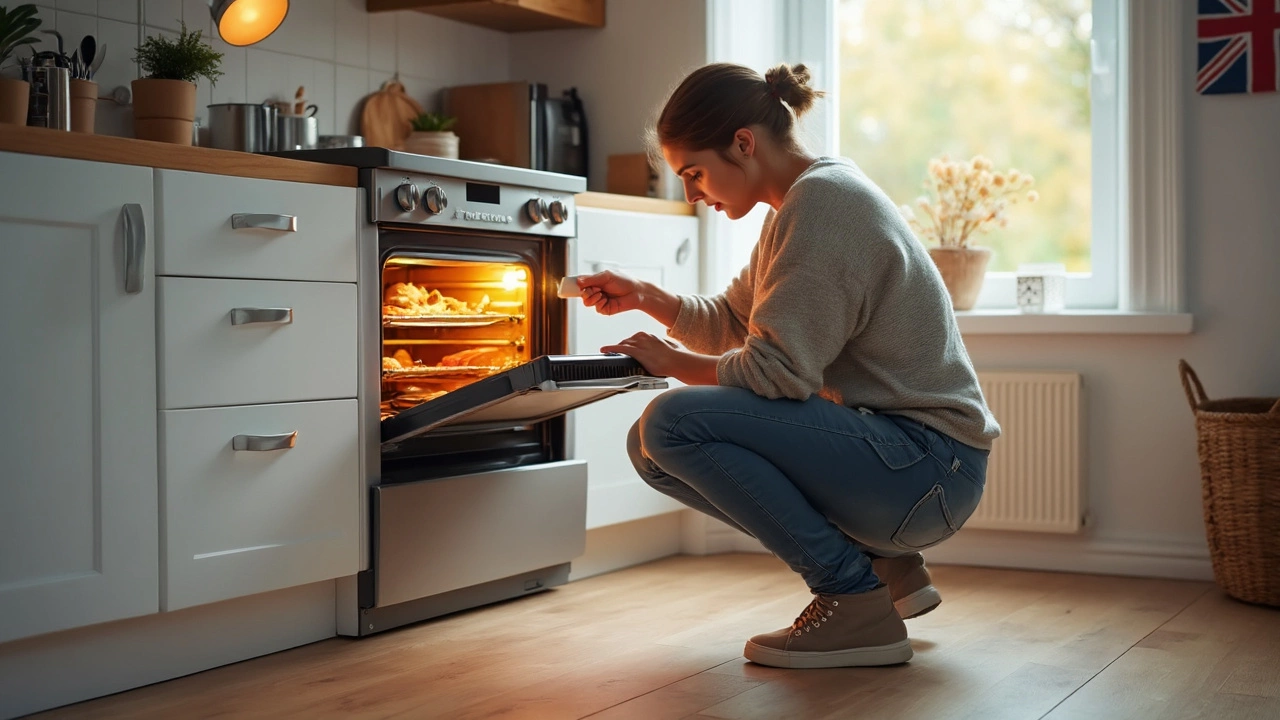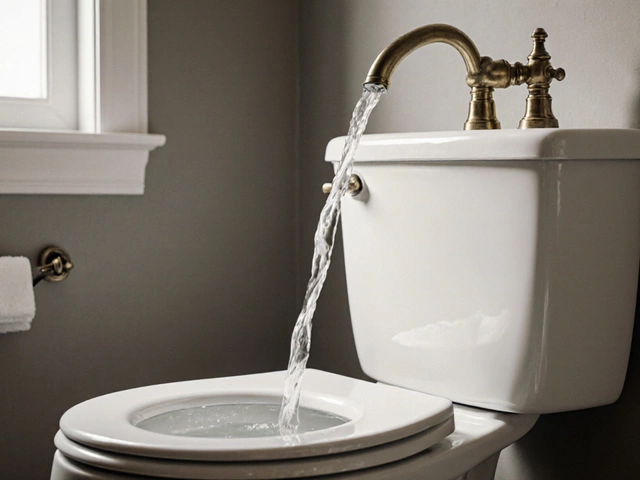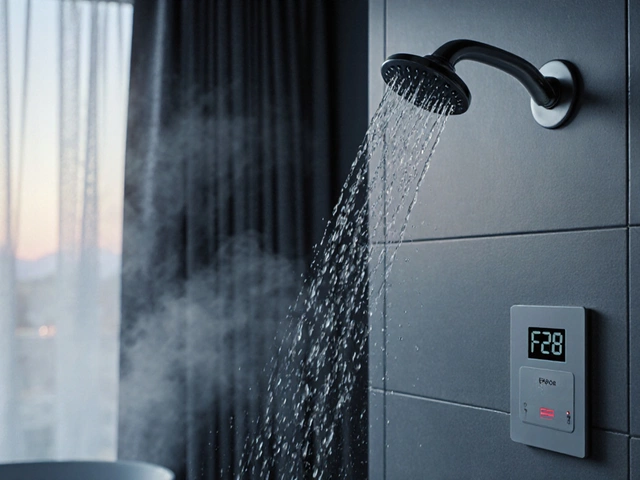Ever wondered how many years you can squeeze out of your oven before it’s time to say goodbye? Most folks only think about their oven when it breaks, but a little planning can save a lot of headache—and money—down the road.
If you’re here because your oven is acting up or you’re just curious about what to expect, you’re in the right spot. Knowing how long your oven should last, and what can mess with its life expectancy, helps you dodge expensive surprises. All ovens aren’t built the same, and the way you use yours totally matters. Even the best brands have limits, and ignoring weird noises or uneven heating can shave years off your oven’s life.
Let’s get into what counts: how long ovens usually last, what wears them out faster, and how to keep yours running until you’re ready for something new (not just when it gives up). Trust me, with a few easy habits, you can squeeze more value out of your kitchen MVP.
- Average Lifespan of Different Ovens
- Factors That Affect Oven Longevity
- Signs Your Oven Is Reaching the End
- Ways to Make Your Oven Last Longer
Average Lifespan of Different Ovens
If you’re hoping to figure out how much more life your oven has, it really comes down to the type you own. Not all ovens are built the same or age at the same pace. Here’s what to expect with the most common types:
- Electric ovens usually hang in there for 13 to 15 years, sometimes longer if they’re not used constantly. The parts are pretty simple, but things like the heating element or electronic controls are usually the first things to go.
- Gas ovens are famous for lasting a bit longer—think 15 years or more. There’s less that can go wrong since the design isn’t as high-tech, and repairs tend to be more straightforward if anything does happen.
- Wall ovens often mimic the lifespan of electric standalones, landing around 13 years. Their compact build means less airflow, which can lead to overheating or parts wearing out a little sooner if you push them hard.
- High-end and commercial ovens can actually last 20 years or more, but you’re looking at bigger up-front costs and—here’s the kicker—maintenance that can get pricey.
Industry pros back this up. According to Whirlpool’s customer care team,
"Most ovens are built to last between 10 and 15 years, though regular use, good maintenance, and the occasional repair can stretch that timeframe."
How you use your oven plays a big part, too. Family of five baking casseroles every night? Expect the lower end of the range. Single person mostly reheating pizza? You can push it further. Whichever model you own, the key oven life expectancy number often depends more on your kitchen habits than on the brochure.
Factors That Affect Oven Longevity
“How long will this thing last?” Honestly, it depends—a lot more than most people think. The main game-changers are what kind of oven you have, how much you use it, and how well you maintain it. Even your kitchen’s air quality and power supply can come into play.
Type matters first. Gas ovens usually clock in around 15 years, while standard electric models drift closer to 13 years. If you’ve got one of those new smart ovens, expect the electronics to decide the lifespan, not the heating element. Self-cleaning features can also be rough on parts. All those super hot cycles? They slowly weaken the thing from the inside out. Manufacturers know it, too—Consumer Reports once pointed out,
“Using the self-clean feature regularly can decrease the oven’s life by causing electronic controls and door gaskets to break down faster.”
Usage patterns matter. If you’re baking bread daily, your oven is going to rack up more wear and tear than someone who only roasts veggies once a week. Frequent high-heat sessions and heavy pans speed things up even more.
- Oven life expectancy tanks if you skip basic cleaning. Grease and crumbs can clog up fans, vents, and burners, meaning the whole system works harder—and dies younger.
- Power issues don’t help, either. Homes with frequent electrical surges or dodgy wiring can fry a control board or sensor long before the element ever fails.
- Humidity and poor kitchen ventilation don’t just fog up your windows. They can rust out oven interiors and corrode electrical connections.
One often missed factor is repairs. Using off-brand or low-quality replacement parts means you might be fixing the same thing again next year. Stick with reputable brands, even if it costs a couple bucks more upfront.
Bottom line: treat your oven right, and avoid shortcuts. The better you look after these details, the longer you’re likely to go before you’re shopping for a new one.
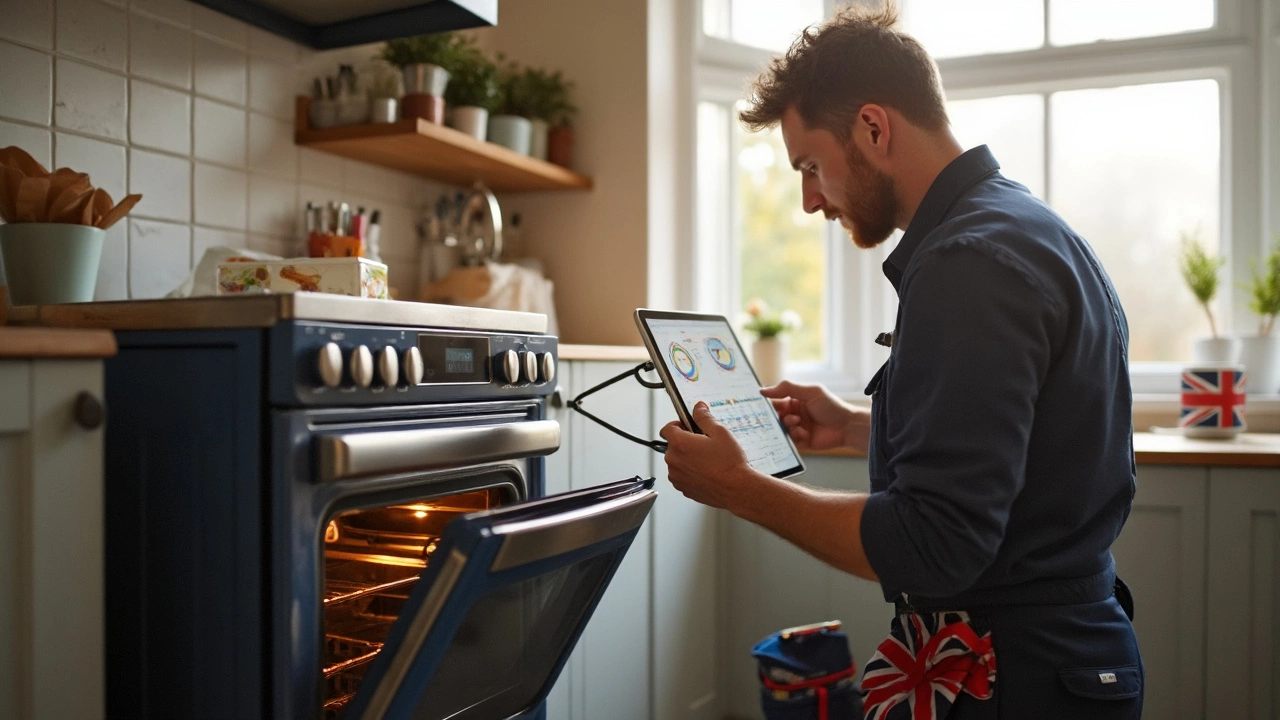
Signs Your Oven Is Reaching the End
It’s not always obvious when your oven is on its last legs. You might think a quick fix will do it, but sometimes those small issues add up to something bigger. Here’s what you should watch out for before your oven bites the dust.
- Uneven Cooking or Baking. If you’re noticing certain spots in your oven cook food faster while others lag, it probably means your heating elements or temperature sensors are failing. That’s a classic sign that your oven is nearing the end of its days.
- Erratic Temperatures. If you have to double-check with a thermometer because your oven’s temperature jumps all over the place, the thermostat or control board might be going bad. Ovens with these problems can drive anyone nuts since recipes just don't turn out right anymore.
- Weird Noises. Clunking, buzzing, or banging noises usually aren’t normal. These sounds might mean there’s a loose part, failing fan, or something more serious under the hood.
- Frequent Repairs. Notice that you’re fixing a new part every few months? If the oven keeps breaking in different ways, replacement often costs less than another repair session.
- Rust, Cracks, or Electrical Issues. Visible damage—like rusted racks, cracked inner walls, or flickering display panels—signals the oven’s structure and wires could be failing. That’s risky for both safety and performance.
If any of these issues start cropping up after your oven’s been trucking along for over 10 years, chances are it’s about time to plan for a new one. Here’s a quick look at when these warning signs typically appear:
| Warning Sign | Average Years After Installation |
|---|---|
| Uneven Heating | 8-12 |
| Erratic Temperatures | 8-15 |
| Noisy Operation | 10-14 |
| Frequent Breakdowns | 10-18 |
| Visible Damage | 10+ |
No one wants to waste money fixing what can’t be fixed. If these symptoms come up and your oven is near the average oven life expectancy, it’s usually smarter to start shopping for a replacement than to keep putting up with breakdowns.
Ways to Make Your Oven Last Longer
Getting the most out of your oven isn’t rocket science, but it does take a little effort. The biggest things that trip people up are neglect and guessing instead of following what actually works. Here’s what really makes a difference.
- Clean up spills quickly. That sticky casserole overrun and pizza cheese ooze? If you leave them, they burn onto racks and interiors, and over time, crusty buildup damages heating elements and sensors. Wipe up messes as soon as the oven is cool enough to touch.
- Check the door seal. A cracked or warped door gasket lets heat out and forces your oven to work harder. Run your hand around the closed oven door—if you feel warm air leaking when it’s on, you need a replacement. This little fix can extend your oven life expectancy by years.
- Stick to manufacturer-recommended cleaning methods. Don’t just blast the self-clean feature every month; it actually strains internal parts with super-high temps. Use it only as needed, maybe 2–3 times a year. Otherwise, scrub the inside with a soft sponge and mild cleaner.
- Don’t overload the oven. Jamming too many trays or heavy cookware inside can damage the racks and block air flow, making your oven cook unevenly and age faster.
- Keep the vents clear. Some folks forget that blocking those tiny holes or slots with foil or pans can trap heat where it shouldn’t be. Good air circulation is key.
If you tackle these steps regularly, you’re way ahead of the curve. Most oven breakdowns (and repairs that cost hundreds) come from simple slipups.
If you want quick reference, check out this chart for simple habits versus impact:
| Habit | Frequency | Impact on Oven Life |
|---|---|---|
| Wiping spills | After every use | Prevents residue damage, longest oven life |
| Inspecting door seal | Monthly | Stops heat leak, saves energy |
| Manual cleaning (non-self-clean) | Every 1–2 weeks | Keeps parts clean without extra stress |
| Running the self-clean cycle | 2–3 times a year | Good deep clean, prevents buildup |
| Checking and clearing vents | Monthly | Prevents overheating, protects electronics |
Bottom line: Small, regular actions beat expensive repairs or early replacements any day. Treat your oven well, and you’ll get every year (and meal) it can handle.

